However, air conditioning is rare in European homes, with many residents battling the scorching heat with electric fans, ice packs and cold showers.
While nearly 90% of homes in the US have air conditioning, in Europe only about 20% do, and some countries have much lower rates. In the UK, only about 5% of homes have cooling systems, many of which are portable. In Germany, the figure is 3%, according to CNN.
A woman uses a fan at a bus stop, where the temperature is displayed at 37 degrees Celsius during a heatwave in Madrid, July 1, 2025 - AFP PHOTO
As climate change causes more severe and prolonged heat waves, arriving earlier and earlier, some question why wealthy European countries seem reluctant to use air conditioning, especially when rising temperatures cause more deaths.
A big part of the reason is that many European countries have historically had little need for cooling, especially in the north. Heatwaves have always occurred but rarely reached the sustained high temperatures that Europe is currently experiencing.
“In Europe… we simply don’t have a tradition of using air conditioning… because until relatively recently it wasn’t a big demand,” said Brian Motherway, head of the Office of Energy Efficiency and Inclusive Transformation at the International Energy Agency.
This means that air conditioning has traditionally been seen as a luxury rather than a necessity, especially since it can be expensive to install and operate. Energy costs in many European countries are higher than in the US, while incomes tend to be lower.
Energy prices have been rising since the Russia-Ukraine conflict erupted in 2022, as the EU took steps to wean itself off Russian oil and gas. While prices have stabilized since the initial energy crisis in 2022, the cost of powering an air conditioner can still be out of reach for many Europeans.
Parisians and tourists cool off at the Trocadero fountain in Paris, France, on July 1, 2025, due to the heat - PHOTO: Jerome Gilles
Then there is architecture.
Some buildings in hotter southern European countries are built to withstand the heat. They have thick walls, small windows that block sunlight from entering, and are designed to maximise air flow. This helps keep them cooler and reduces the need for artificial cooling.
However, elsewhere in Europe, houses are not designed with cooling in mind.
“We’re not used to… thinking about how to stay cool in the summer. This is actually a relatively new phenomenon,” Motherway said.
Buildings across the continent tend to be older, built before air conditioning became widespread. In Britain, which just experienced its hottest June on record, one in six homes was built before 1900.
Therefore, installing central cooling systems in older homes can be more difficult, although not impossible.
Sometimes the bigger issue is red tape, says Richard Salmon, director of UK-based Air Conditioning.
UK authorities often refuse applications for air conditioning installations “based on the appearance of the outdoor condenser unit, particularly in conservation areas or on listed buildings”, he said.
There is also a policy angle. Europe has pledged to become “climate neutral” by 2050, and the massive rise in air conditioning will make its climate commitments even harder to meet.
Air conditioning not only consumes energy, it also pushes heat away from the home. A study looking at air conditioning use in Paris found that it can raise the outside temperature by about 2 to 4 degrees Celsius. The impact is particularly severe in crowded European cities.
Some countries have already imposed restrictions on air conditioning. In 2022, Spain introduced regulations that air conditioning in public places must not be set below 27 degrees Celsius to save energy.
Multiple air conditioning units outside a building in Madrid - PHOTO: Getty
However, attitudes and concerns around air conditioning in Europe are changing as the continent becomes a climate hotspot, warming at twice the rate of the rest of the world .
There are clear signs that demand is growing in Europe, as in many parts of the world. The number of air conditioners in the EU is likely to increase to 275 million by 2050 – double the number in 2019.
Some politicians are pushing for widespread use of air conditioning in Asia. And, arguments are starting to emerge between protecting human health from the heat and protecting the environment, fighting climate change…
Source: https://thanhnien.vn/vi-sao-may-lanh-it-duoc-su-dung-du-mua-he-chau-au-nong-do-lua-185250703101014934.htm


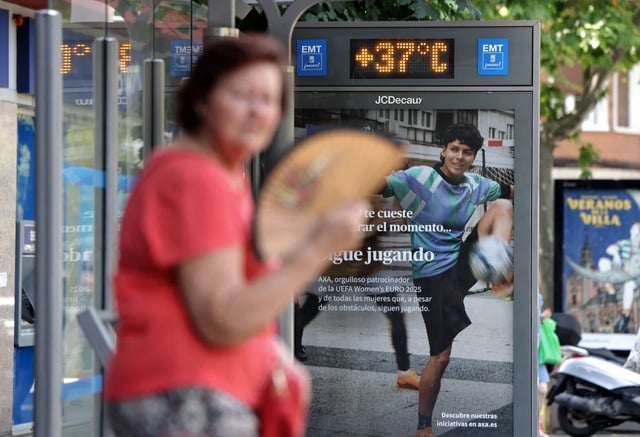

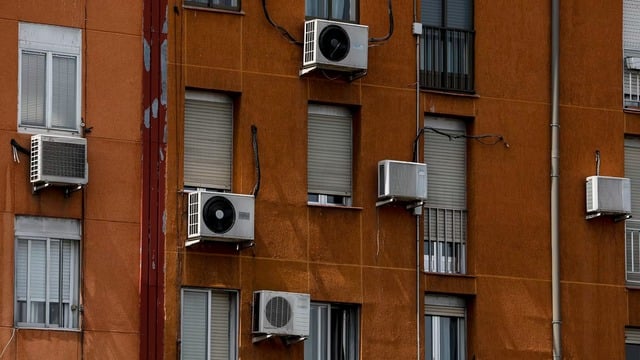


































































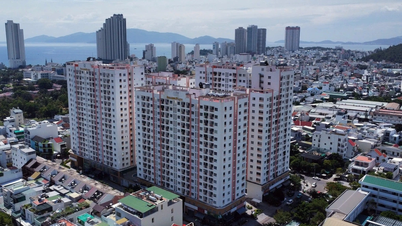
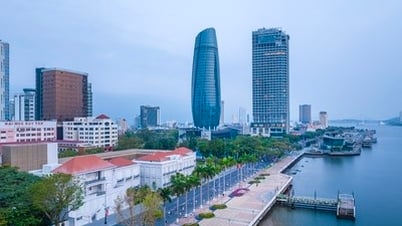

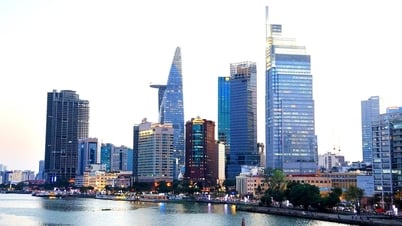






























Comment (0)